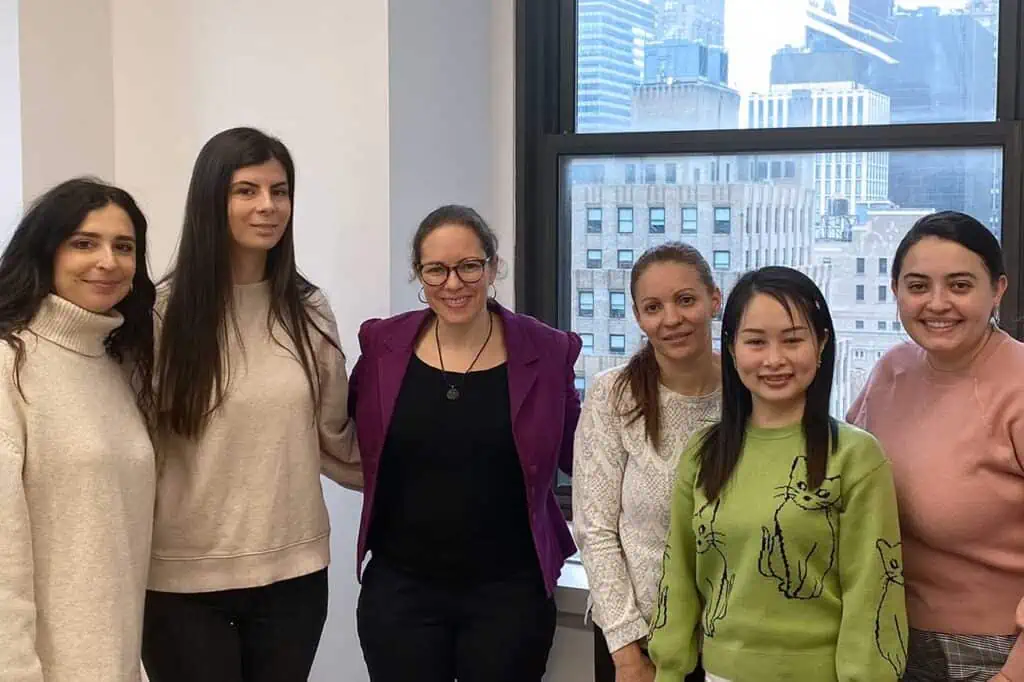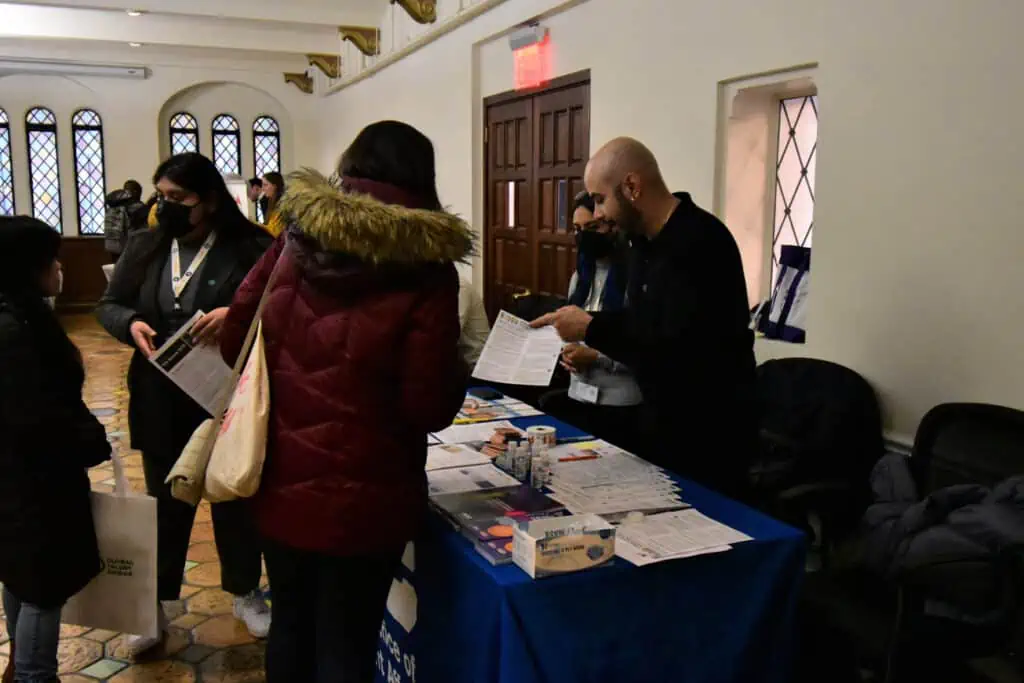Breaking Barriers for Internationally Trained Immigrants and Refugees in Regulated Professions
“Building Momentum for a New Decade,” the 2020 Immigrant Economic Integration Virtual Summit hosted by WES Global Talent Bridge, featured state and local practitioners, immigrant and refugee leaders, and policymakers committed to advancing the academic and economic mobility of immigrants and refugees in the United States. In light of critical shortages in regulated professions exacerbated by the current public health crisis and economic recovery, immigrants and refugees with international education and experience can play a pivotal role in bolstering recovery in key sectors. The summit’s (#IEISummit2020) panel discussion, “Breaking Barriers for Internationally Trained Immigrants and Refugees in Regulated Professions,” featured Dr. José Ramón Fernández-Peña, founder of the Welcome Back Initiative and president of the American Public Health Association; Julia Trujillo, director of the Office of Economic Opportunity, City of Portland, Maine; and Victoria Francis, state advocacy officer at the International Rescue Committee.
Data from the Migration Policy Institute show that there are more than 263,000 underemployed and unemployed immigrants and refugees with health-related degrees in the U.S. Session moderator and former director of the Michigan Department of Licensing and Regulatory Affairs (LARA) Mike Zimmer remarked on efforts to harness the expertise of these qualified individuals through licensing reform. By reviewing and updating licensing processes, states can ensure that immigrants and refugees have equitable access to occupational licensure.
For more information on developing policy changes, check out IMPRINT’s Policy Tracker.
Immigrants and refugees with international health credentials can play a key role in public health initiatives and help fill existing gaps in the U.S. health care workforce. To build a bridge between this pool of internationally trained health workers and underserved communities in need of linguistically and culturally competent health services, the Welcome Back Initiative supports internationally credentialed individuals seeking to license in health care fields in the U.S.. Fernández-Peña drew on the initiative’s work, noting, “When we talk about barrier reduction, it’s not only the extrinsic barriers in the policy and regulatory realm.” Common intrinsic barriers include the need for contextualized English language learning, the financial and time demands of acquiring licensure in the U.S., and the loss of professional identity that many internationally trained immigrants and refugees experience, he said. “If we are aware of the existence of intrinsic barriers that providers can have a positive impact on,” Fernández-Peña continued, “we can create programs and partnerships that enable participants to be ready for the complex process of returning to a licensed profession in the U.S.”
Initiatives that offer language skills with workplace training and networking, such as bridge or connector programs, have shown success in filling workforce gaps. In Portland, Maine, for example, ELL programming contextualized to in-demand fields is breaking down barriers to workforce mobility. Trujillo pointed out the continued success of initiatives that bridge English language learning with on-the-job training to open professional pathways for the city’s immigrant and refugee population—which, since 2011, has provided 75 percent of Portland’s total demographic growth. Trujillo highlighted the Portland Professional Connections program, which fosters economic inclusion and equal opportunity to employment by matching internationally trained immigrants and refugees with local employers. “Everyone in the oldest state in the nation sees that the immigrant population is an opportunity we’re not tapping as we should,” she noted.
Internationally trained immigrants and refugees bring language skills and cultural competency to underserved communities that may be hesitant to access health care services. Victoria Francis reflected on the increasing health care workforce shortages in rural areas. “Rural areas continue to diversify,” she observed, “and a lack of cultural competency can be a barrier to care.” Limited safety nets, the financial and time burdens of training programs, and scholarships or internships that do not offset cost of living are some of the challenges immigrants and refugees face as they seek to reenter their professional field. As a result of these obstacles, long-term career goals are often set aside in order to meet more immediate needs.
The panelists, who expressed a range of perspectives, nevertheless reached a shared conclusion: The systemic barriers preventing many internationally trained immigrants and refugees from practicing in regulated professions in the U.S. must be dismantled to ensure equity and inclusion in the nation’s workforce. By recognizing the vital role immigrants and refugees can play to mitigate workforce shortages, by studying and reducing barriers to licensure, and by investing in efforts to pave accessible career pathways, communities can move toward an inclusive future for the U.S. workforce.
Click here for more from WES Global Talent Bridge.





